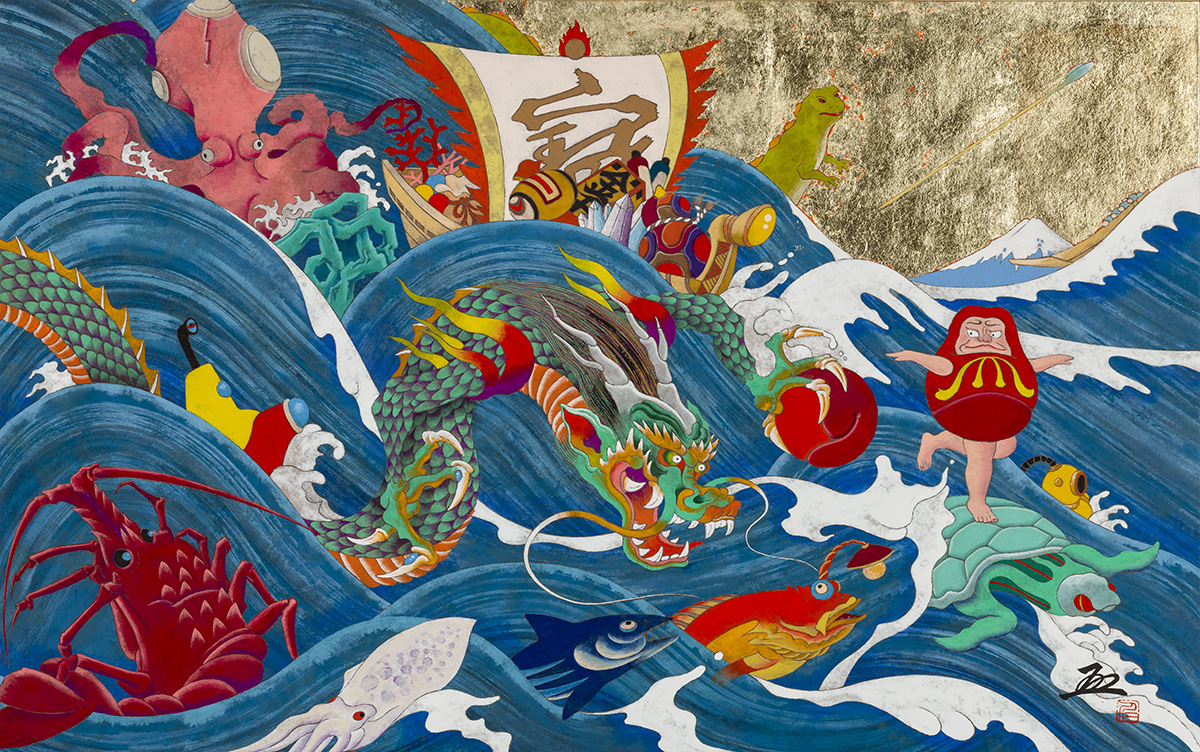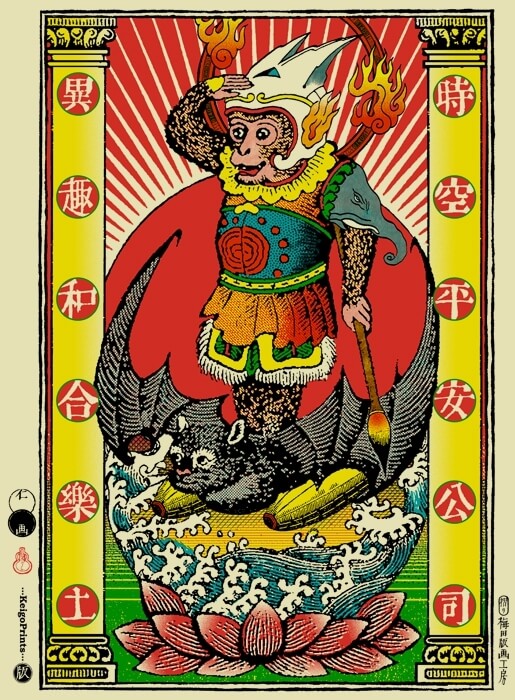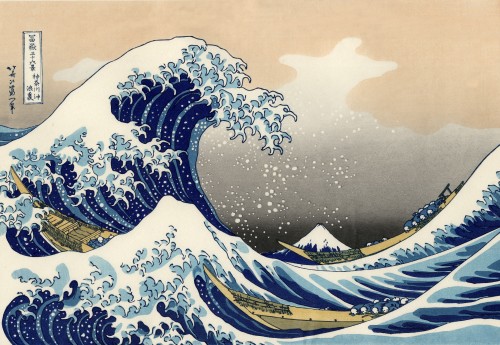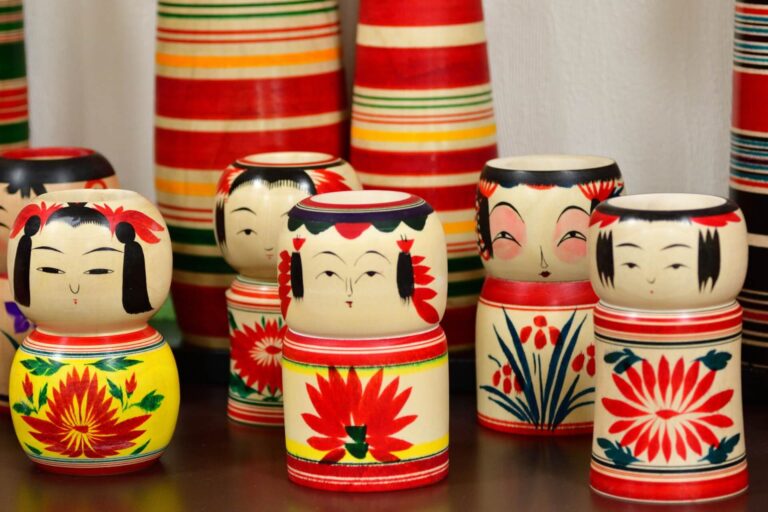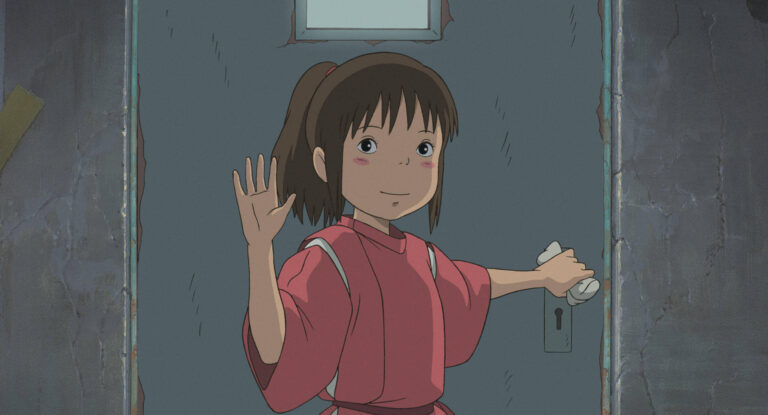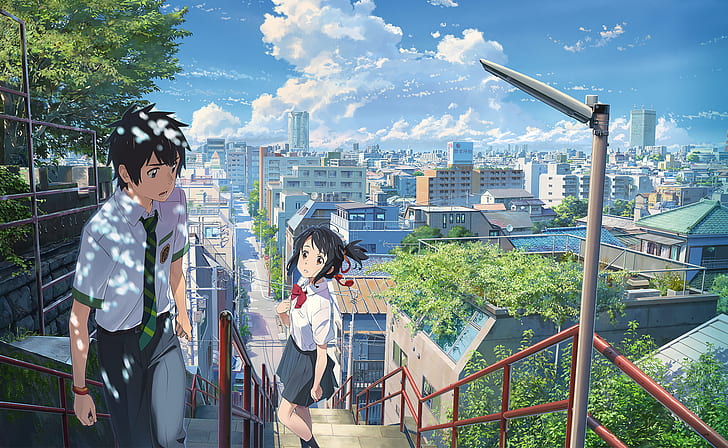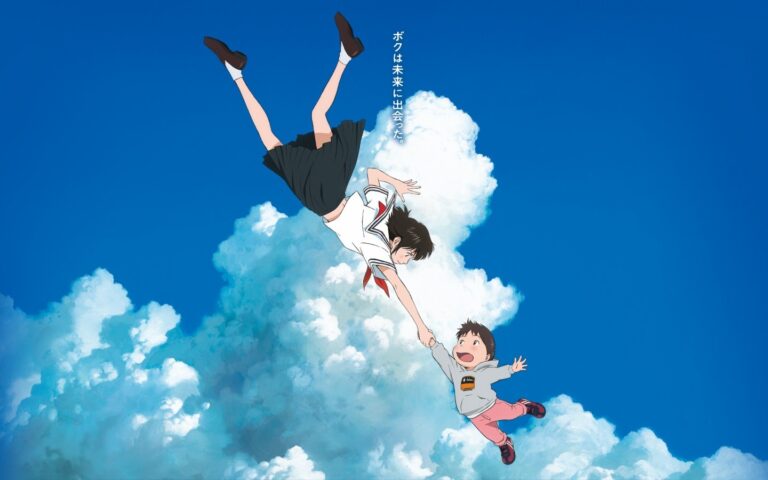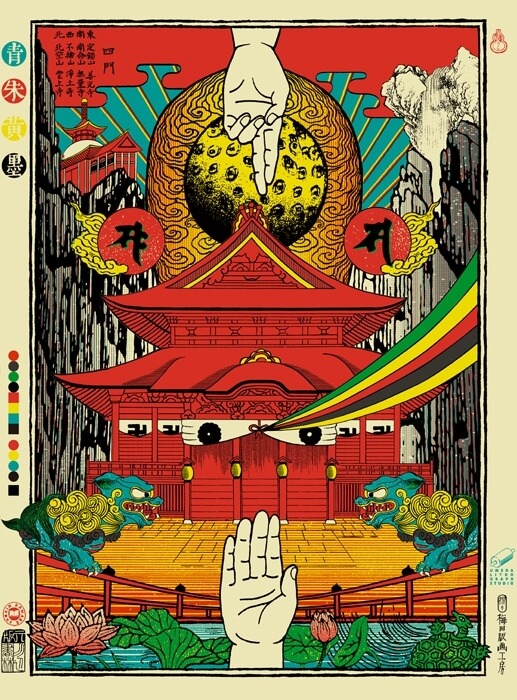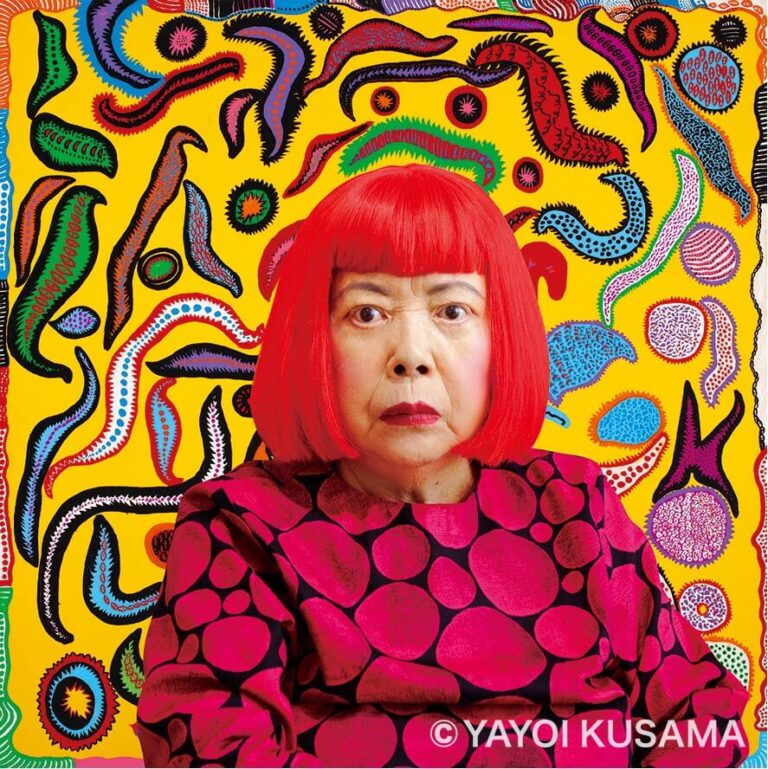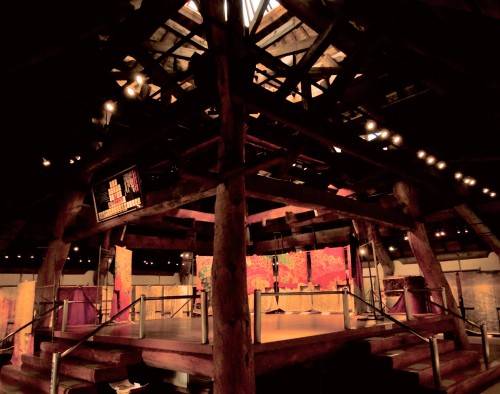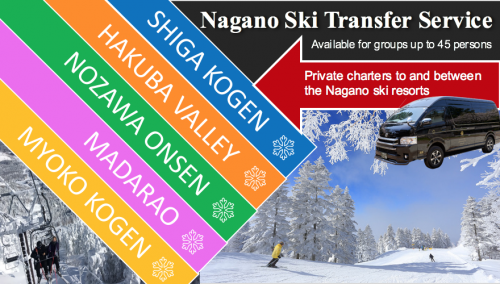Art Space Japan: Recommended Museums, Galleries & Events
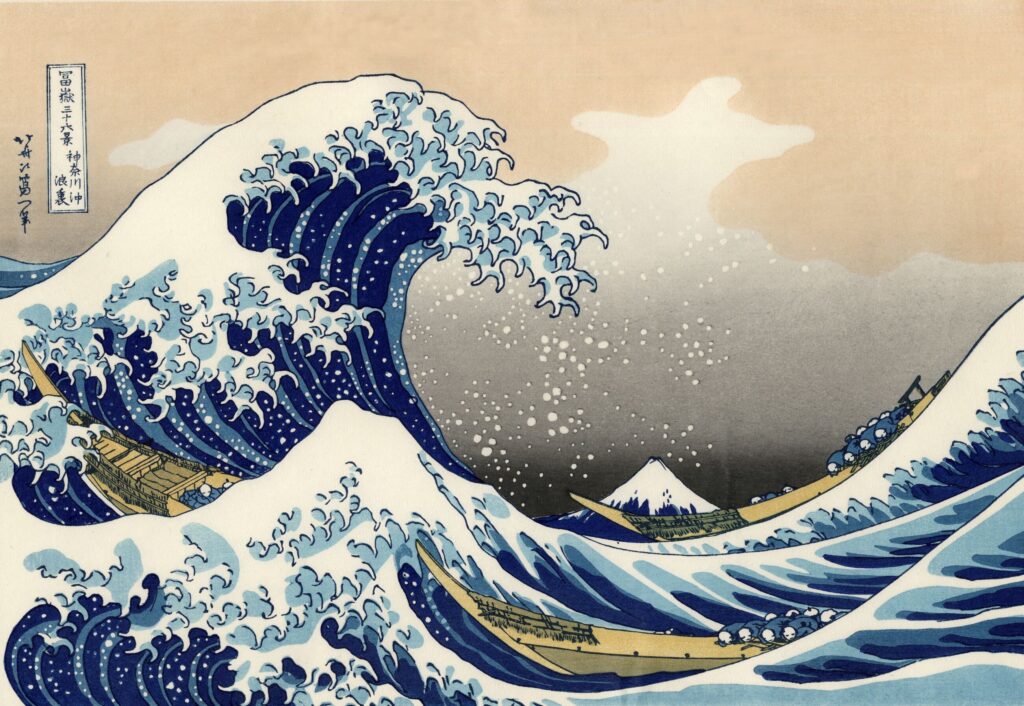

Given Japan’s rich history of arts and creative pursuits, it comes as no surprise that the country is home to an amazing number of museums, galleries and arts events. Most international visitors will at some point pass through Tokyo and as the capital of Japan, it makes sense to start your exploration of Japan’s thriving arts and crafts there.
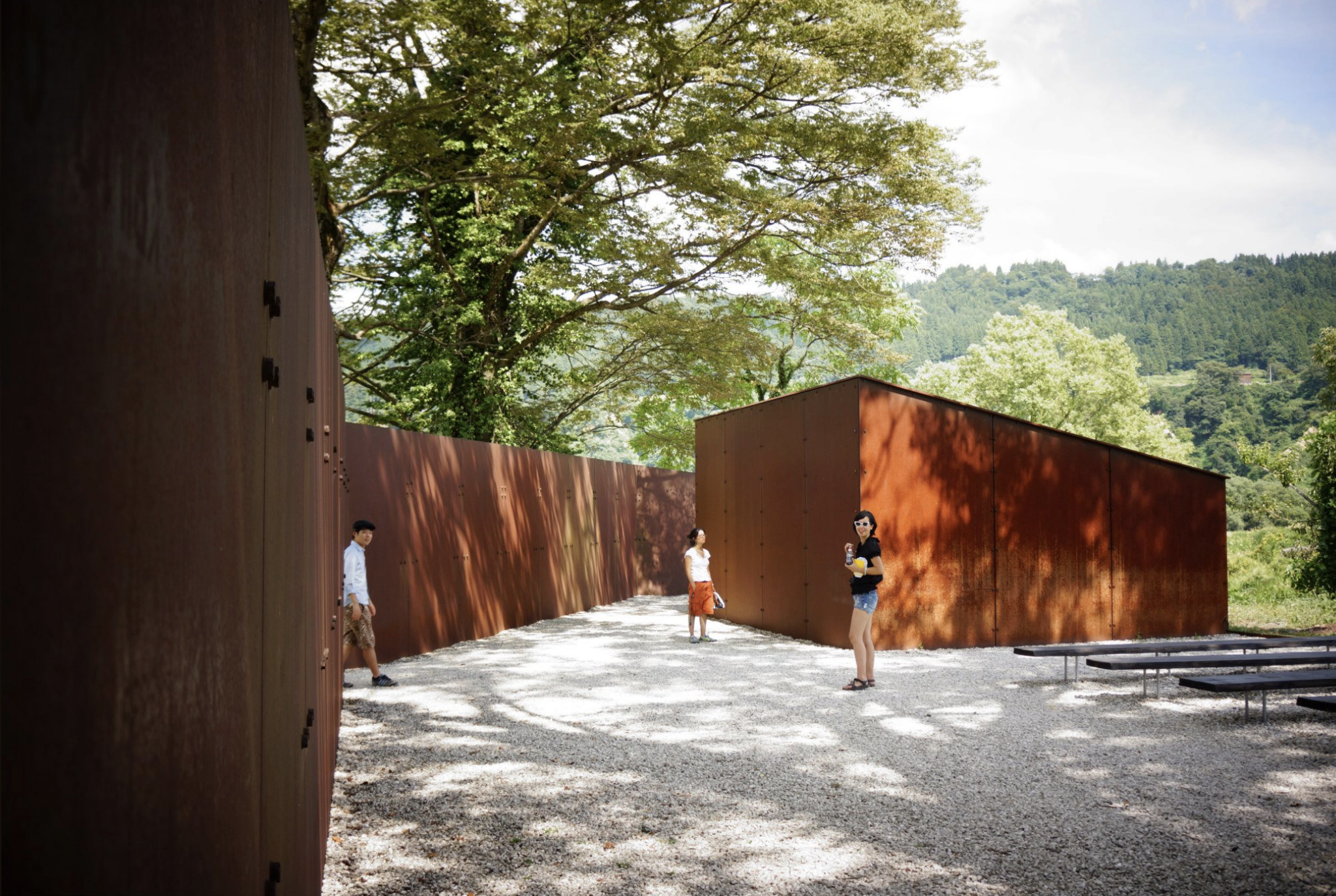
Our ‘40 Best Museums & Galleries In & Around Tokyo’ page picks-out some of our favourite museums in the capital before leading you outside to Hakone, the shores of Fuji and then into our home region of Nagano and Central Japan. In compiling our list, we’ve pulled together some of our favourite art spaces that help visitors unlock and understand different aspects of Japanese culture.
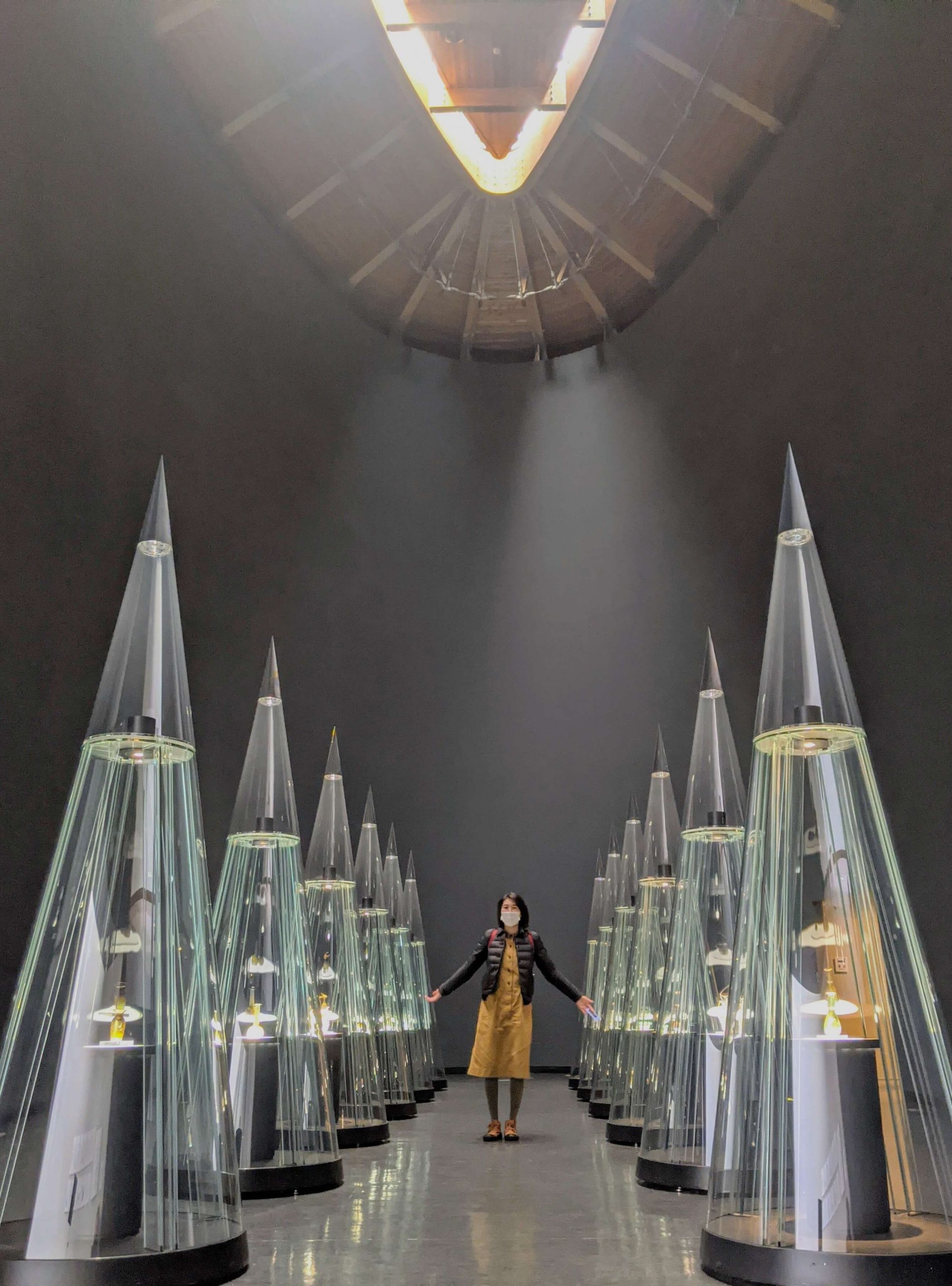

While some are famous, many are not. There’s no denying that Tokyo can’t be beat when it comes to the number and variety of art spaces on offer but when it comes to getting the whole picture, some of the best museums, galleries and events lie outside the capital. Here are a couple of the best in Central Japan:
ITCHIKU KUBOTA ART MUSEUM, Yamanashi
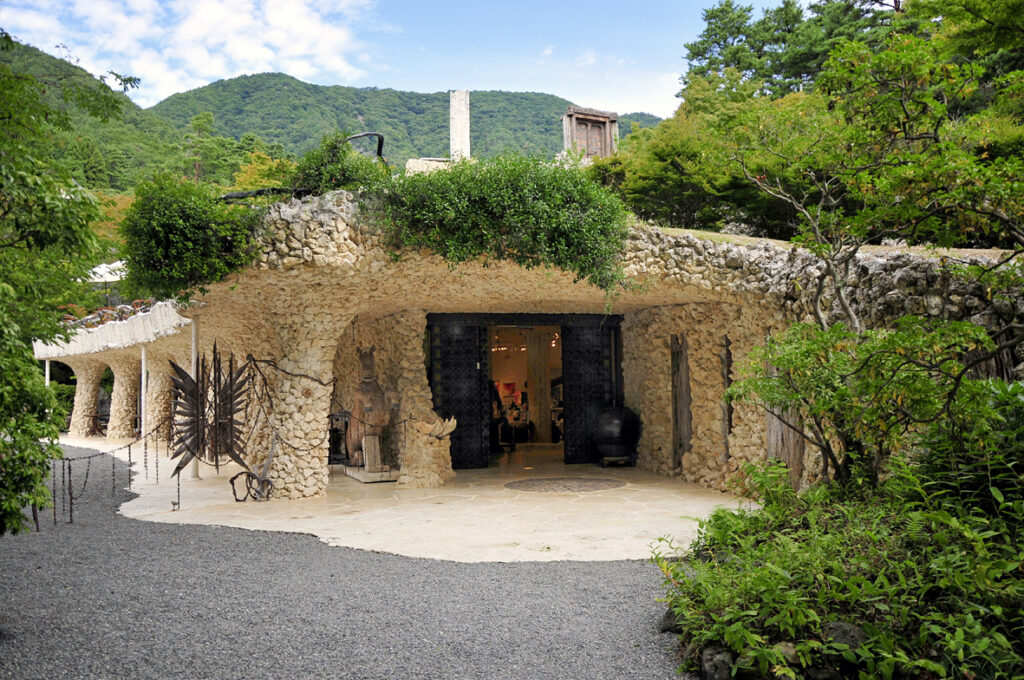
Located on the shores of Kawaguchi-ko and known for outstanding view of Mount Fuji, the Itchiku Kubota Art Museum profiles the life and work of textile artist Itchiku Kubota. The museum consists of the main exhibition building, the Gaudi-esque ‘New Wing’ building, two cafes and a landscaped garden.
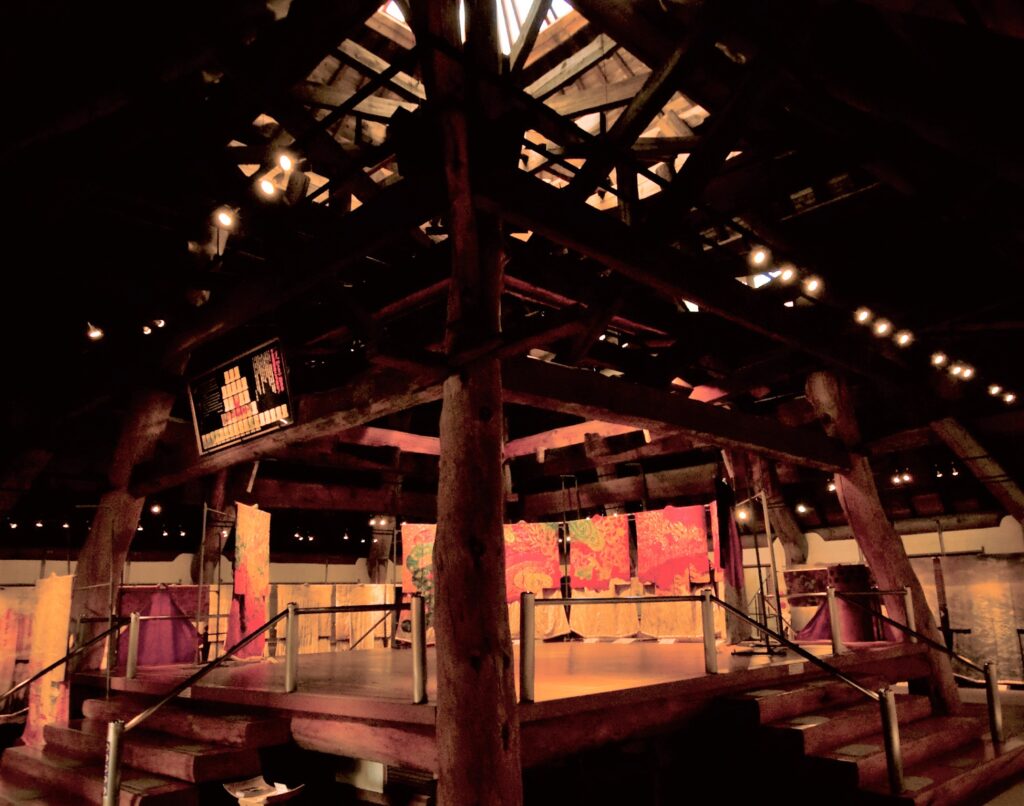
During his lifetime, Itchiku Kubota (1917-2003) achieved only limited fame in Japan but was recognised and awarded in Europe for his mastery of the ‘Tsujigahana’ dying technique – an antiquated technique used during the Muromachi Period (1336-1573). Kubota revitalized and mastered the old technique and in doing so, produced stunning and elaborate kimono.
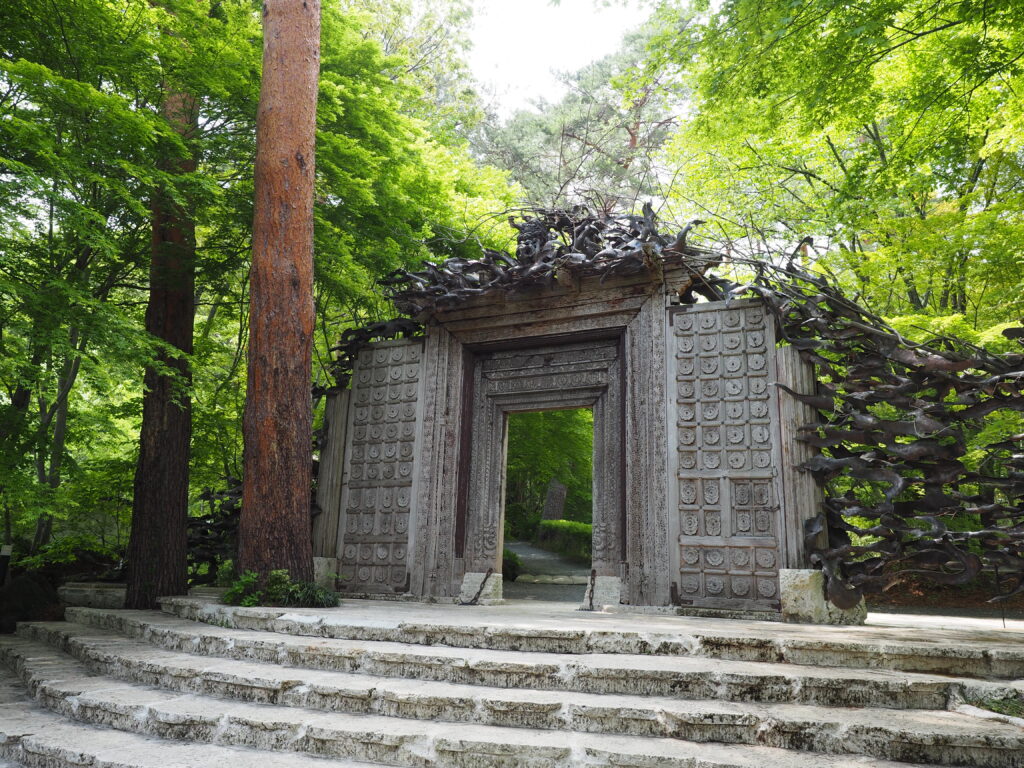
The main building – a pyramid-shaped timber structure – displays Kubota’s ‘Symphony of Light’, an exquisite series of kimono with further information and video presentations of this life and work. The museum also includes Kubota’s private collection of artworks including his collection of glassware and beads, from around the world.
OBUSE HOKUSAI MUSEUM, Nagano

Dedicated to the life and work of Japan’s most celebrated artist Katsushika Hokusai – more commonly referred to simply as Hokusai – the Obuse Hokusai Museum lies around 30-minutes by train from central Nagano City, not to be mistaken with the Sumida Hokusai Museum in Tokyo.
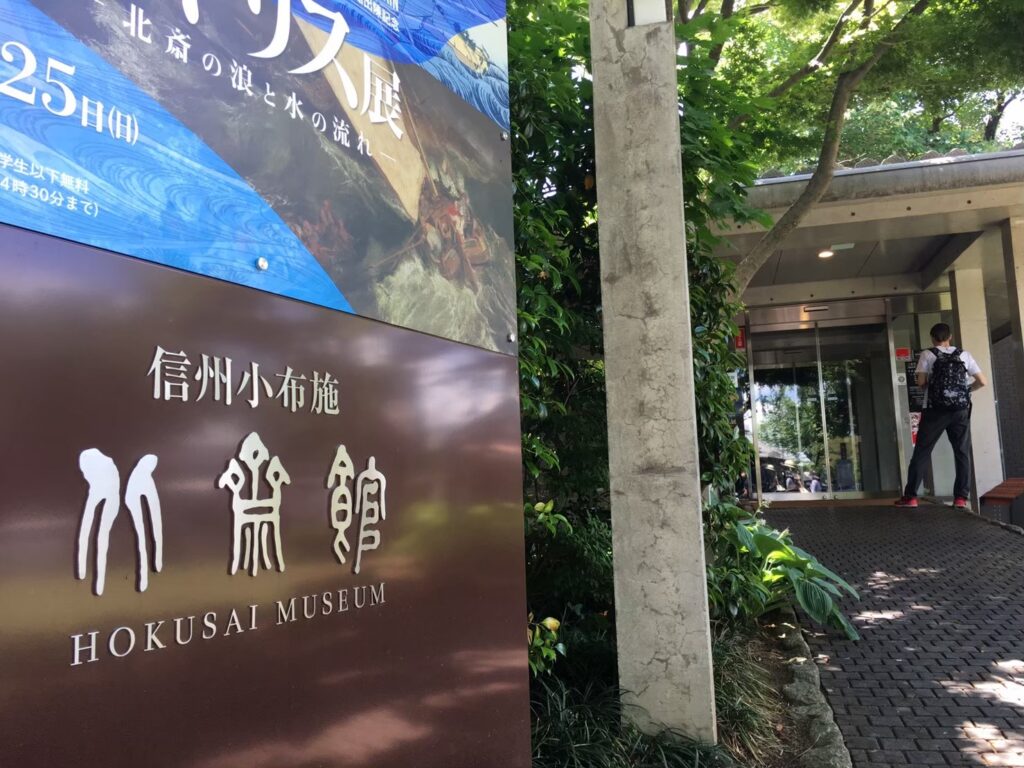
Under the patronage of wealthy local merchant, Takai Kozan, Hokusai produced spent some of his final years painting in Obuse, where he produced his last great masterpiece – a great phoenix – which to this day adorns of the ceiling of Ganshoin Temple. As such, Obuse is synonymous with the famous artist and today is home to the Obuse Hokusai Museum.
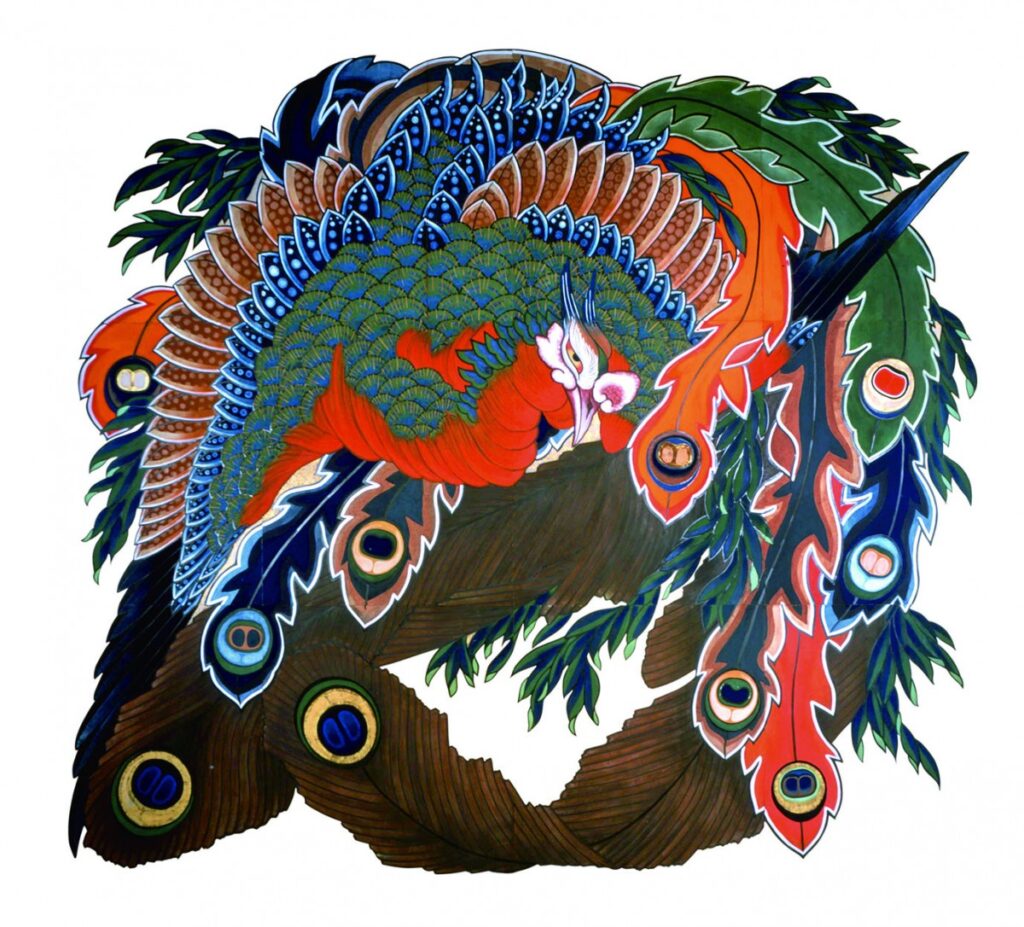
This small yet engaging museum profiles the life and work of Japan’s most celebrated artist – a man who is said to have produced more than 30,000 artworks during his lifetime and mastered multiple art-forms including ‘ukijyo-e’ woodprints and paintings. No conversation about art in Japan can happen without deference to Hokusai, who continues to influence artists to this day, making a journey to Obuse a form of pilgrimage for any student of the arts.
MATSUMOTO CITY ART MUSEUM, Nagano
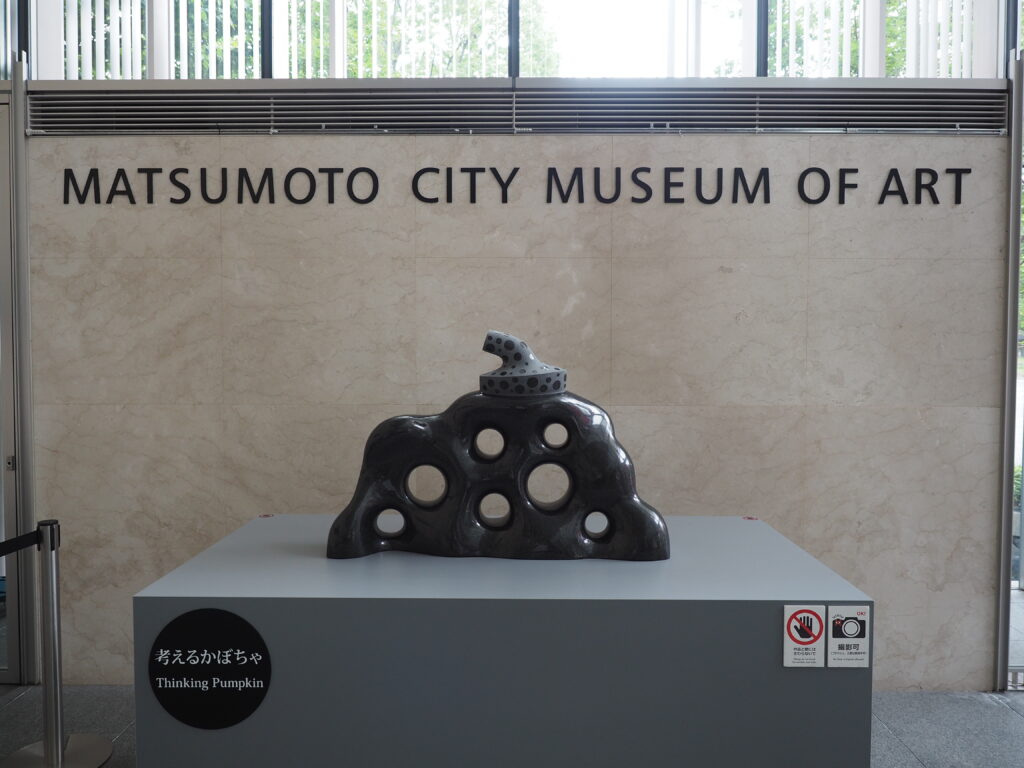
Moving from Japan’s most celebrated and influential artist to its most renowned contemporary artist. The Matsumoto City Art Museum is best known for its permanent exhibition of artwork by the world-famous Japanese artist Yayoi Kusama who was born in Matsumoto. In fact, before you even step foot inside, you will be greeted by a huge, colourful outdoor sculpture created by Kusama.
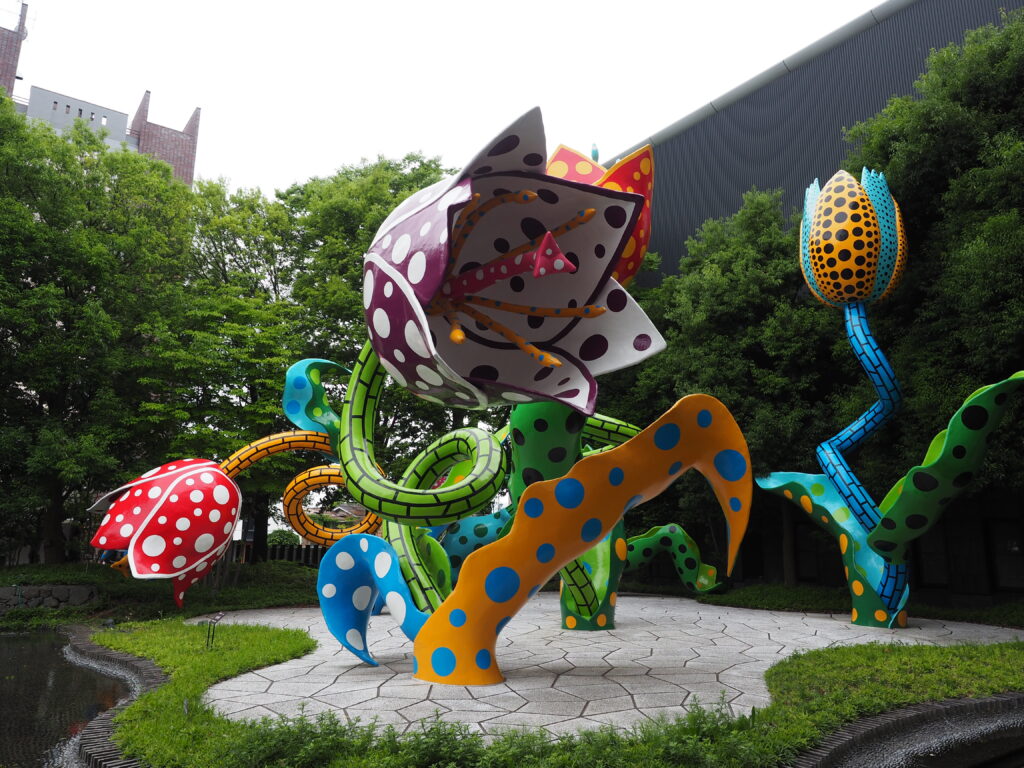
The museum also features an exhibit of works by local artists and visiting exhibitions of other Japanese and international artists. But for international visitors, it is Kusama’s collection which is likely to hold the most interest. Although classically trained, Kusama’s defining style sits is heavily-influenced avant-garde, pop and conceptual art – of which, she is now a celebrated and pioneering artist. While you might not know her name, there’s a good chance you will recognise her artwork which is bright, playful and bold and uplifting. Devotees of her art should note that the Yayoi Kusama Museum in Tokyo is wholly dedicated to her work however unlike the Matsumoto City Art Museum, requires advance ticket booking to gain access.
TOYAMA GLASS ART MUSEUM, Toyama

Located in the pleasant coastal city of Toyama, the Toyama Glass Art Museum is located nearby the city’s main station and exhibits a large collection of stunning glass artworks from around the world. Both permanent and temporary exhibitions provide stunning examples of this most skillful of artforms, spread across six floors.

Special exhibitions are held on the second and third floors, the permanent collection is housed on the fourth floor with the acclaimed ‘Glass Art Garden’ by American artists Dale Chijuly, located on the sixth floor. The museum itself is designed by acclaimed architect Kengo Kuma and includes a beautiful timber and glass atrium and also includes a gift shop, restaurant/café and Toyama City Library.
21st CENTURY MUSEUM OF CONTEMPORARY ART, Kanazawa
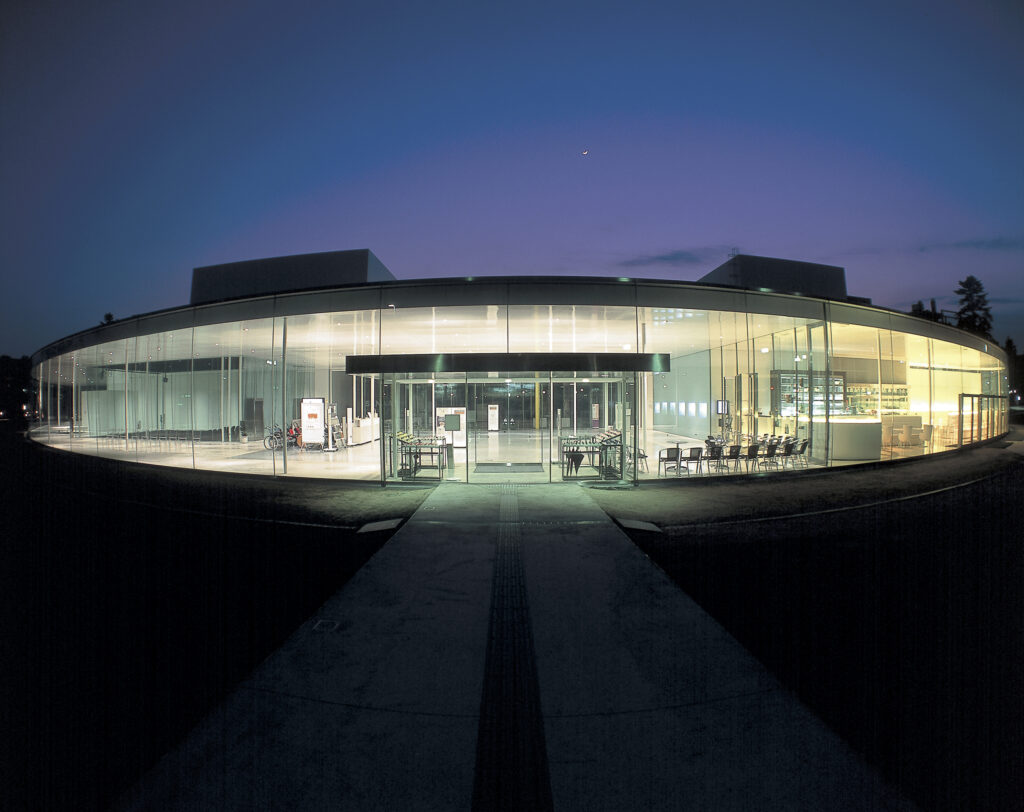
Opened in 2004, the 21st Century Museum of Contemporary Artis the most popular museum in Kanazawa and one of the best museums for contemporary art in Japan. Distinctly modern compared to Kanazawa’s historic buildings, the museum exhibits modern works by both Japanese and international artists – including, most famously, Leandro Erlich’s ‘Swimming Pool’.
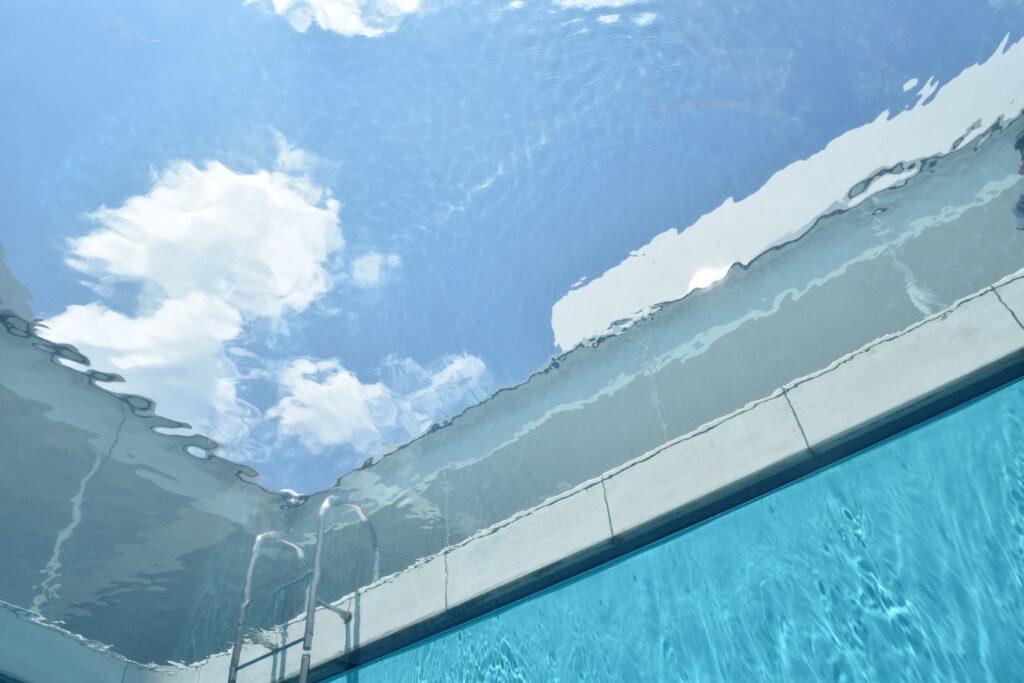
Located next to Kenrokuen and Kanazawa Castle, a visit to the museum can be incorporated into your exploration of those famous sights.
ECHIGO TSUMARI ART FIELD, Niigata
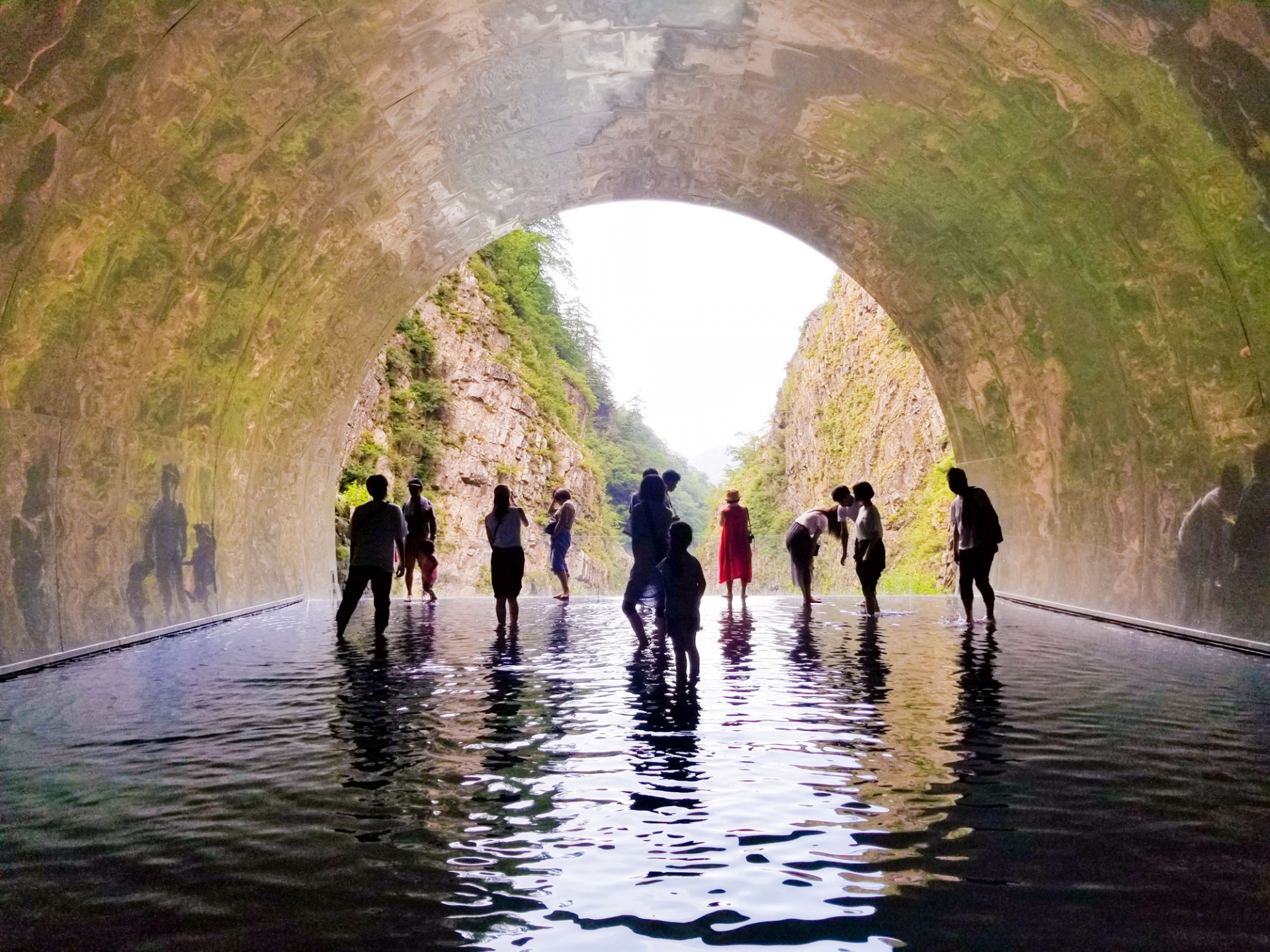
First held in 2000, Echigo-Tsumari Art Triennial (ETAT) or Echigo-Tsumari Art Field is the creation of Niigata-born, Kitagawa Fram. As the director of Tokyo’s Art Front Gallery, Kitagawa Fram envisioned and initiated the arts festival as a means of rejuvenation of his home area – a rural region suffering from a declining population and stagnant economy.
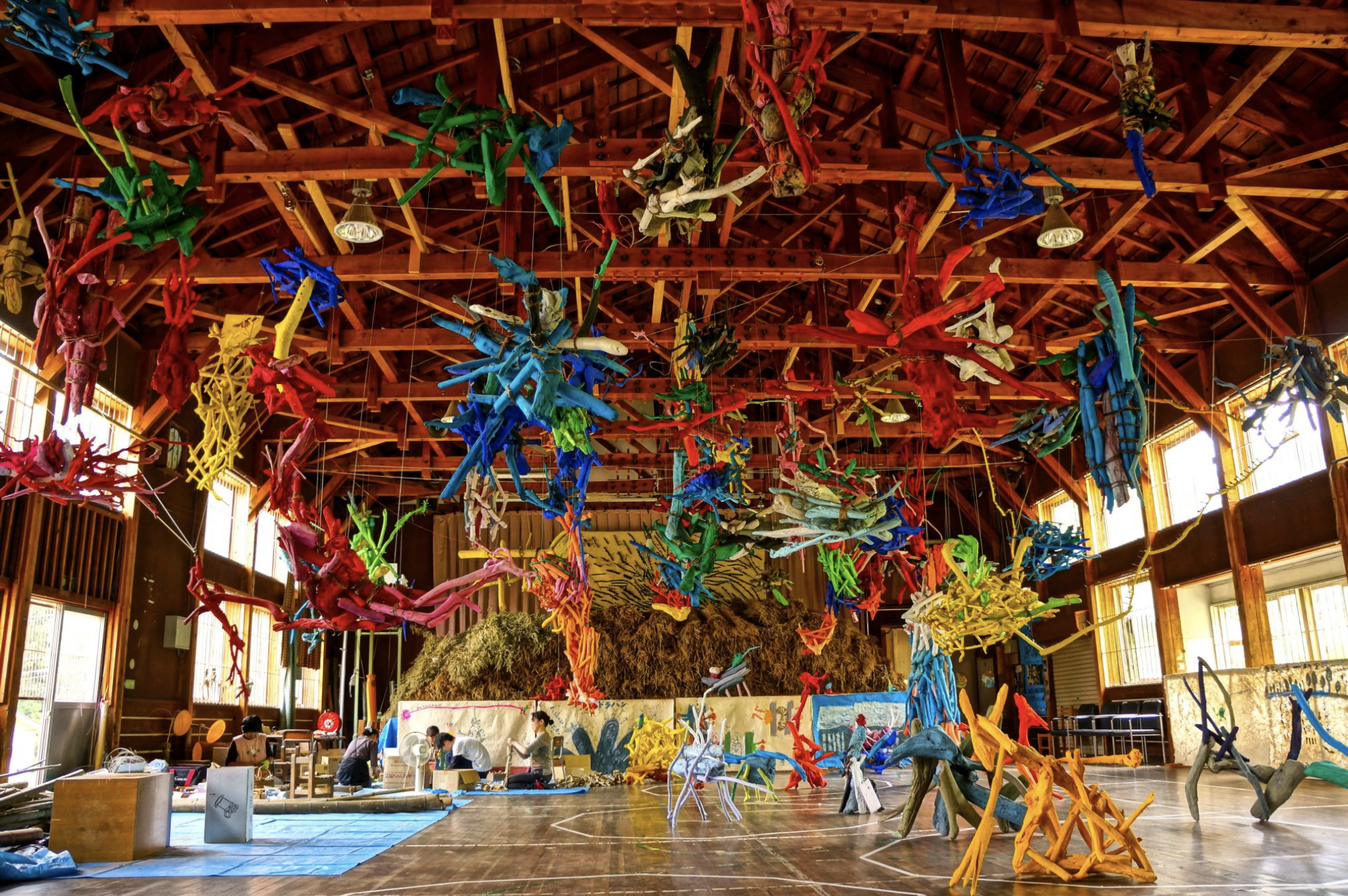
Recognising the rich and unique traditions of the region – Japan’s fabled ‘snow country’ – along with its natural beauty, ETAT was intended to help revitalise and rejuvenate the area through art project, installations, events and performances through which ‘city-dwellers’ would meet and collaborate with local people.
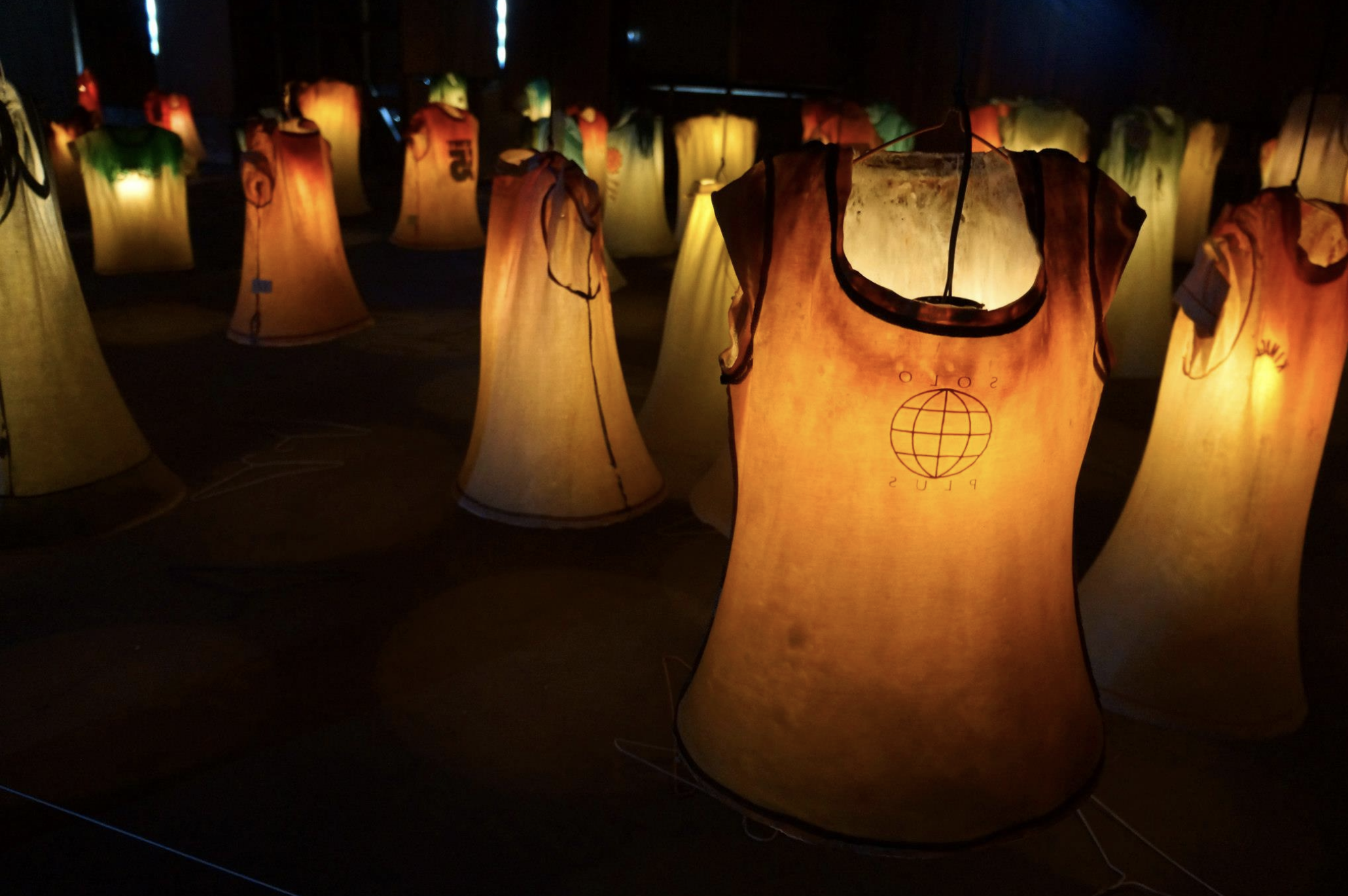
The official triennial occurs every three years, with the next scheduled for summer 2021. Intervening years see a smaller summer festival however with many installations being placed outdoors in settings including forests, rivers and rice fields, the festival in effect never really stops and can be enjoyed all year round.
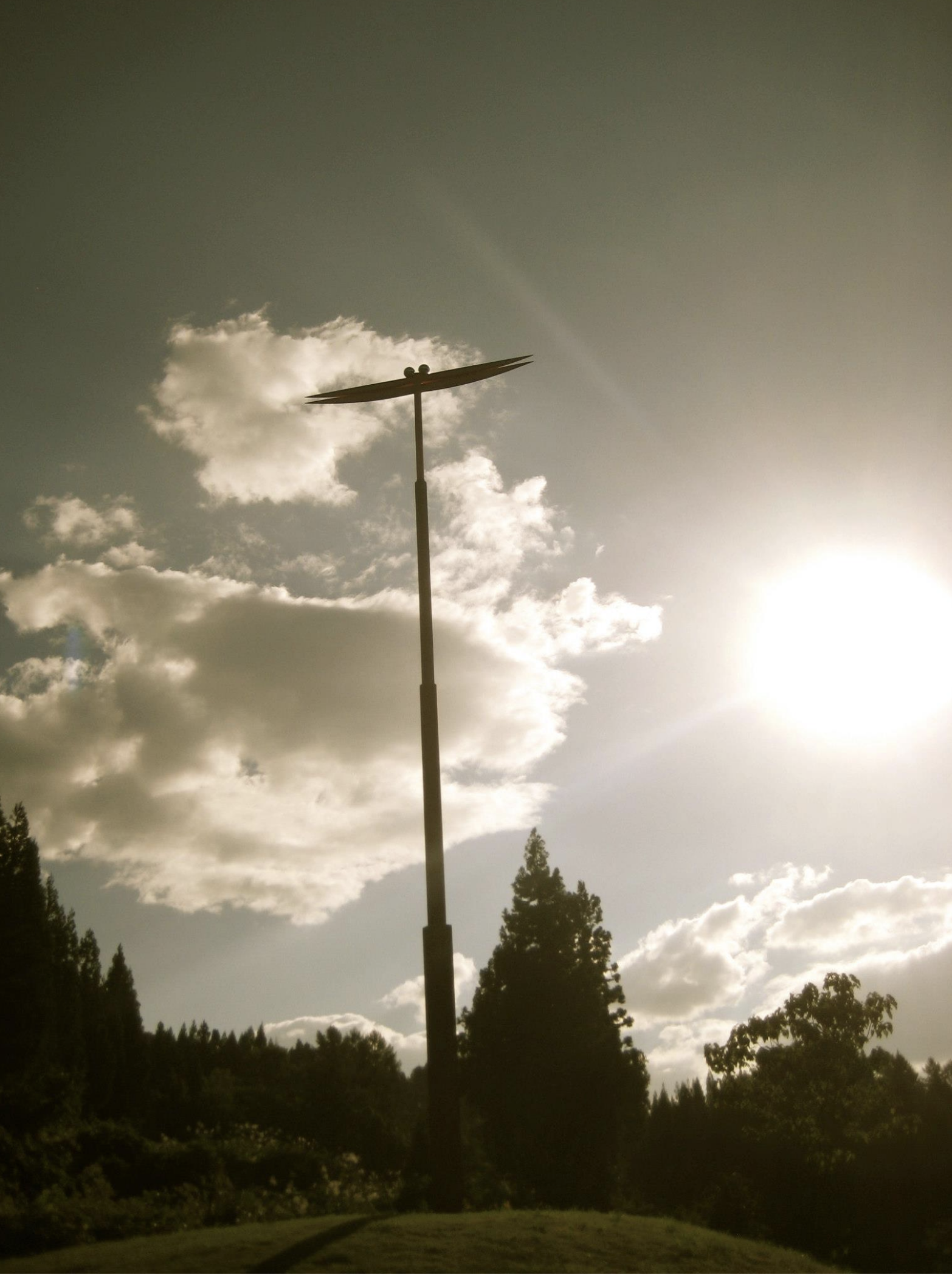
Installations and projects range for the grand in scale to small, with notable artworks by high-profile international and Japanese artists sitting alongside those by local people. The message of this festival is collaboration and celebration of the local community. As such, it is very hard to define it succinctly.





